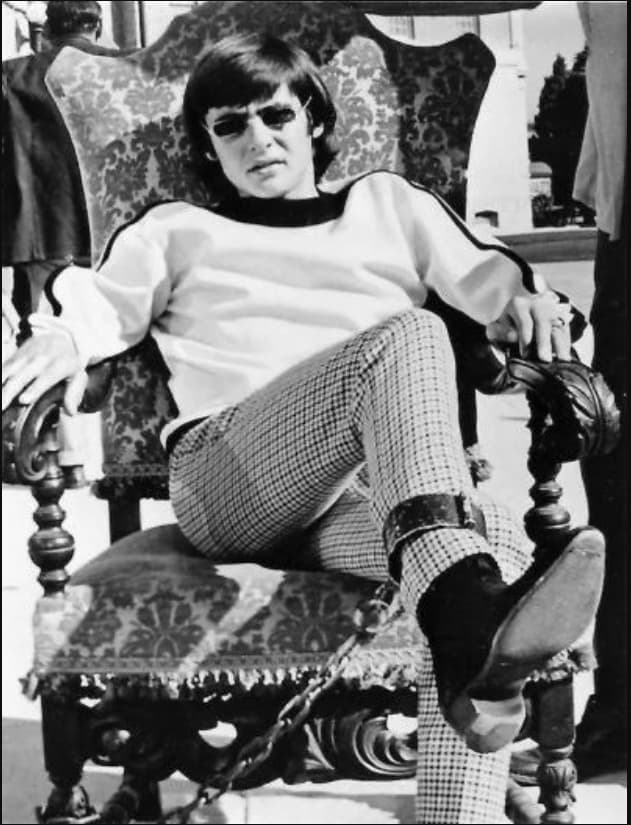
The Crimson Bloom of Memory: Davy Jones’ Timeless Yearning in “Amapola”
“Amapola” is a passionate, lilting serenade, a plea for the unattainable love embodied by a fragile, crimson flower, signifying deep, nostalgic longing.
In the tapestry of 1960s pop culture, the name Davy Jones immediately conjures images of the cherubic, British idol from The Monkees, a mischievous mop-top whose youthful charm brightened countless television screens. But to truly appreciate the depth and unique flavour of his artistry—especially for those of us who remember the musical landscape just before the Monkees’ manufactured thunder—one must revisit his earlier, more understated solo career. This path less taken reveals a Davy Jones distinct from the ‘Pre-Fab Four’ persona, showcasing a talent honed in the theatres of England and a voice perfectly suited for the classic, romantic balladry exemplified by his enchanting rendition of “Amapola.”
This beautiful song, an English-language adaptation of a classic Spanish piece, was released in the tumultuous year of 1965, preceding the meteoric rise of The Monkees. As part of his debut solo album, David Jones (released on Colpix Records), “Amapola” belongs to a brief but vital chapter where the then 19-year-old singer was carving out a path as a sincere, pre-rock heartthrob. Unlike the instant, powerhouse success of the Monkees, this early solo effort was more of a subtle flutter on the charts. While its companion single, “What Are We Going To Do?”, managed to Billboard Hot 100 entry, peaking at No. 93, “Amapola” itself was not a major chart hit. Its enduring power isn’t in its peak position, but in its ability to transport the listener back to a time of innocence and earnest romance, a feeling that resonates deeply with an older audience.
The original “Amapola” (which translates to ‘Poppy’) was a Spanish song composed by the legendary José María Lacalle García in 1924. Its journey to English pop recognition began decades later with the beautiful lyrics penned by Albert Gamse in 1941, famously recorded by artists like Jimmy Dorsey and his Orchestra. Jones’ version, however, is infused with the kind of theatrical tenderness he acquired from his early stage career, notably his Broadway role in Oliver! The story behind Jones’ version isn’t one of overnight discovery but of a young vocalist reaching back to a timeless standard, lending his sweet, clear tenor to a melody that practically demands a nostalgic sigh.
The meaning of the song is beautifully simple yet profound. The singer is asking the “little poppy,” the amapola, to tell his beloved to never stop loving him, to always keep him in her heart. It’s a tender, almost desperate plea for permanence in the face of love’s fragility. The flower is not just a symbol; it’s a confidante, a messenger for an emotion too overwhelming for the singer to deliver himself. For those who came of age during the gentle sincerity of the early 60s, this song is a pure distillation of first love: the innocence, the anxiety, and the passionate hope that a bond might last forever. Davy Jones doesn’t belt out the tune; he whispers the yearning, turning the lush orchestration into a softly beating heart. Listening today, it’s impossible not to feel a tug back to those sweeter days, a time when a simple, sincere melody could capture the entirety of a soul’s longing. It is a crimson reminder of love’s eternal spring.